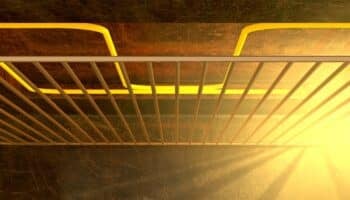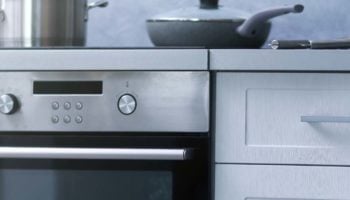Are you stuck trying to fix an oven that can’t get up to temperature?
You’re not alone! Faulty ovens affect thousands of people every day worldwide, leaving them confused and frustrated.
I know how inconvenient having your oven fail can be, especially when you’re in the middle of a get-together with friends.
But don’t worry; you came to the right place for answers. Below, you’ll find a list including 7 simple fixes for when your love can’t get up to a temperature you’ve set.
Ready? Let’s dive in!
Why trust us? This article was written by Craig Anderson and James Blackford.
Craig has helped thousands of other homeowners repair their appliances since 2016.
James is one of our resident appliance experts with over 16 years of experience. He currently works as a Master Technician for SquareTrade, and runs his own appliance repair business.
7 Fixes for an Oven That Can’t Get Up to Temperature
There are many reasons why your oven can’t get up to your desired temperature. However, there tend to be common culprits when it comes to problems like this, so here’s what you should look at first.
#1 Check the Bake Element
The baking and broiling elements are your oven’s core, so a failure in either could explain why your oven can’t get up to temperature. If your dinner comes out half raw, with a burnt top and undercooked bottom, in my experience, the baking element and the broiler should be the first culprits. The baking element is usually located on the oven cavity floor, and the broiler somewhere on the top area.
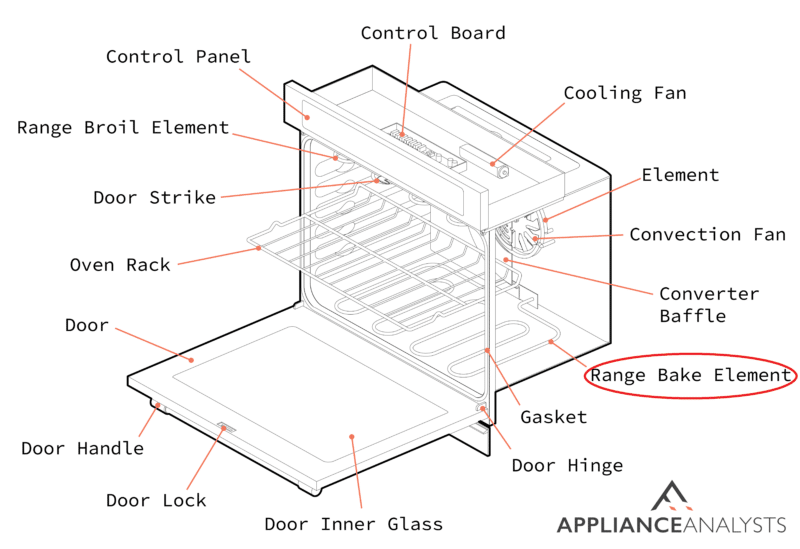
The baking element is visible from the front, so don’t worry about dismantling your appliance. Inspect the element with a lighter to see whether it is bent, blistered, or damaged in any other way. The element may be loose or burnt, in which case you should tighten the screws or get a replacement.
#2 Check the Thermostat
The next thing you want to check when your oven can’t get up to temperature is the thermostat. The thermostat is an extension of the main control panel that regulates the oven’s internal temperature through the broiler, bake element, and other temperature sensors.
The thermostat uses electricity to sense whether the temperature is below or above the set minimum and then triggers the baking element or the cooling fans to raise or lower the temperature up to the specified minimum.
From what I’ve seen over the years, a damaged thermostat can fail to raise the temperature as intended, making the knob indicate a certain temperature while keeping the inside of the oven at another.
In most cases, the problem is usually caused by a damaged sensor rather than the whole thermostat. Other times the appliance will not get up to temperature because the electrical connections that serve the thermostat are damaged.
To check the thermostat:
- Unplug the oven’s power cable for safety purposes.
- Use a multimeter to check the thermostat for continuity.
- Replace the thermostat if there’s no continuity.
Most modern oven brands usually have an adjustment screw or knob behind the thermostat. Get two oven-class thermometers and use the adjustment screw to re-calibrate the oven temperature according to the accuracy of the thermometers. If you’re unsure about the process, my usual advice is to call a professional for help.
#3 Check the Temperature Sensor
The thermostat uses a temperature sensor to measure the temperature of the oven cavity and make appropriate adjustments. Your thermostat may be operating correctly, but the temperature sensor or bulb in the oven could be faulty or burned out.
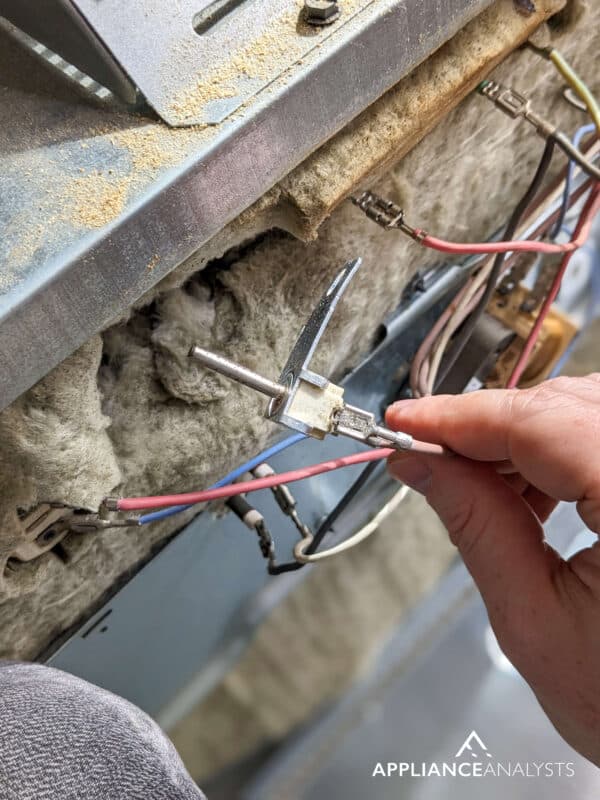
Most modern ovens have the temperature sensor placed on the back wall of the oven cavity, next to the broiler element on the top wall. When malfunctioning, the sensor usually displays an error code on the user interface, so you can’t miss it.
Using a multimeter, you can also unplug your oven and test the temperature sensor for continuity.
#4 Check the Control Board
The control board is your appliance’s brain, so when it fails, it could explain why your oven can’t get up to temperature. The control board will tell the oven when and how to lower or raise the temperature. The control board is also responsible for managing the oven’s safety gas valves and should be checked if the oven is not getting up to temperature.
On paper, your oven’s control board should work well throughout the appliance’s lifespan. However, overheating, power surges, and other elements can make the board fail before its time. Oven electronic control boards are typically quite complex, so I recommend you call a professional to check the board for you.
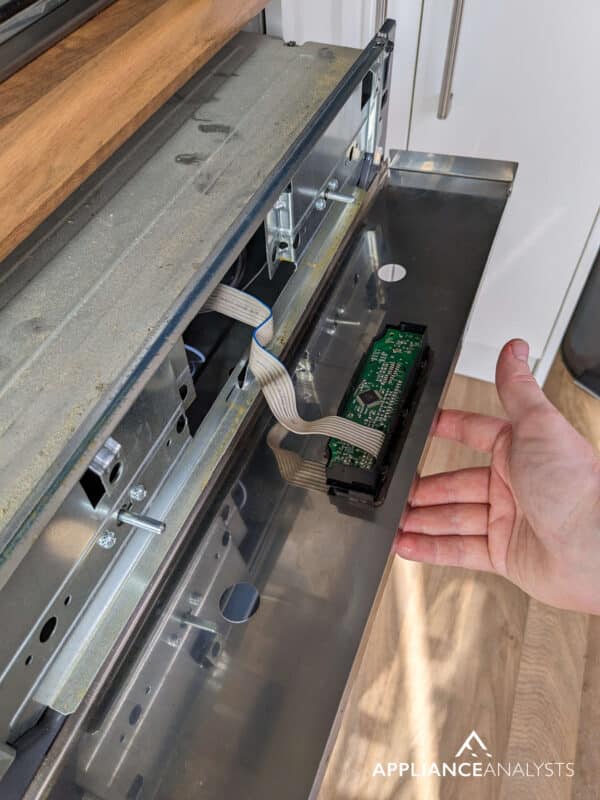
#5 Check for Blown Fuses
Like other appliances, ovens use fuses to protect themselves against power surges that may destroy them and even cause accidental kitchen fires. And while fuses do a great job, having them blow could explain why your oven can’t get up to temperature.
Some newer ovens will display an error code when a fuse has blown, but for older models, you’ll have to check the fuses manually.
To check your oven’s fuses:
- Unplug the oven from the wall outlet and navigate your way to where the power fuses are located. The fuses are labeled, so don’t worry about getting lost during the diagnostics process.
- Try identifying what made the fuse blow before replacing the fuse so that the issue doesn’t recur.
- Look at the wiring for any signs of burning, bulging, or twisting. When all is clear, replace the fuse with another original fuse of the same amperage and rating.
#6 Check the Igniter
If the bake igniter is malfunctioning or totally out, your gas oven may not get up to temperature. The bake igniter plays a critical role in the rising of the oven’s temperature, so you’ll have to check it to ensure everything’s alright.
To check the igniter:
- Cut off electricity from your breakers to the oven and turn the gas valve off. If the oven is not cool, wait for it to cool down before starting any work on it.
- Slightly pull your oven from the wall.
- Once you access the igniter, get a multimeter and place the two probes on either side of the terminals to check for continuity.
Typically, the optimal functioning of a gas oven igniter is 1100 ohms, so if your multimeter shows lower readings or none, then you need to replace the igniter. You can also check the gas valve’s proper functioning while inspecting the igniter.
#7 Check the Gas Burners
If your gas oven is still not getting up to temperature, you may have a faulty stove burner or gas tube supply to blame. Click the power switch to the ON position and observe the burner. If it is entirely out, the burner can produce a low flame or whispering noise of raw gas.
Some ovens will have to be dismantled to check the burners, while others will provide you with easier access. If you’re unsure how to check your burners, leaving the job to a professional is best. I know thinking of paying high hourly rates isn’t very attractive, but your safety comes first!
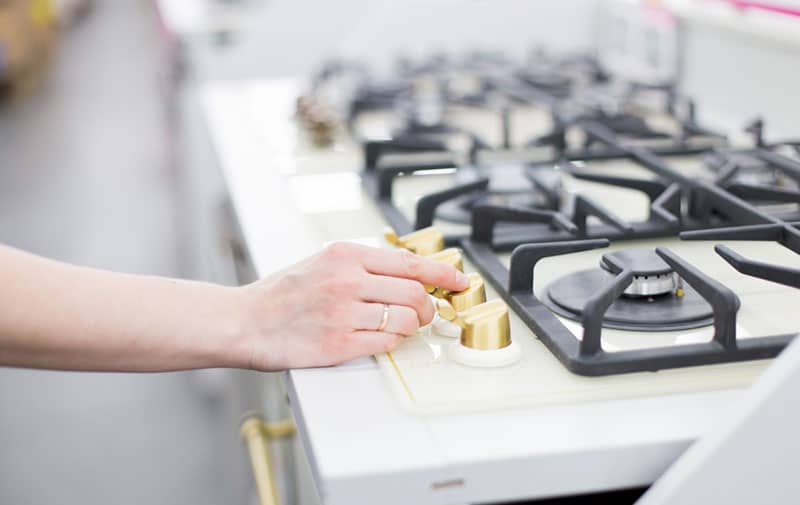
A certified gas HVAC technician can also diagnose the problem better than you and replace the damaged burner with a new one. Gas ovens using LP gas may have some issues with the gas tanks, although all gas supply valves should be inspected for clogging or breaking. Ensure that no naked flames are nearby to avoid igniting the raw gas in the air.
Conclusion
When your oven can’t get up to temperature, what should be a reliable appliance for cooking delicious meals can quickly turn into a major inconvenience.
Luckily, as I hope this piece has helped you better understand, addressing the most common causes behind an oven that can’t get up to temperature is fairly easy and quick. In many cases, things like checking/replacing the thermostat or bake element will do the trick.
Thanks for reading. If this article was useful, please make sure to check out some of our other resources and free guides below. You could even sign up for our email list.
Have a great day!
-Craig.






